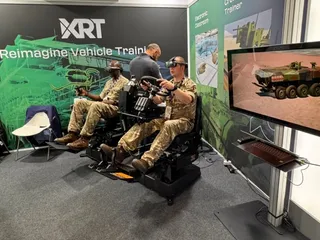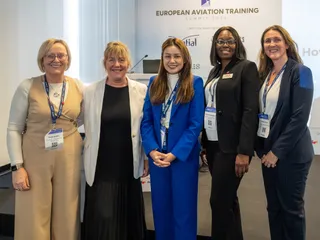Are Your Instructors Aligned? Frank Steiner Explains Why Concordance Matters for Aviation Safety
Contact Our Team
For more information about how Halldale can add value to your marketing and promotional campaigns or to discuss event exhibitor and sponsorship opportunities, contact our team to find out more
The America's -
holly.foster@halldale.com
Rest of World -
jeremy@halldale.com
In this Inside Aviation interview from EATS, Halldale correspondent Atul Chandra speaks with Frank Steiner, Managing Director at conavitra GmbH, about a question every airline and ATO should ask: How safe are your instructors?
Instructor concordance, the ability of instructors to evaluate performance consistently, is a regulatory requirement in CBTA and EBT programmes. Yet, Steiner’s research uncovered a surprising gap: in a study of 2,600 instructors, only 67.7% correctly identified when a pilot required further training after viewing a scenario. This raises serious safety concerns if pilots progress without addressing training deficits.
Despite years of instructor standardisation, results remain lower than expected. Steiner attributes this to inconsistent grading practices and reliance on binary systems like pass/fail, which fail to capture nuanced performance needs.
To address these challenges, Steiner recommends continuous instructor training, standardised evaluation material, and data-driven analysis.
Conavitra’s approach involves collecting grading data, identifying competency gaps, and providing actionable insights at subsequent instructor meetings. This enables organisations to improve reliability and validity in instructor assessments.
Steiner acknowledges that some organisations hesitate to adopt these measures, fearing what the results might reveal.
“If you don’t go to a doctor, you won’t get information that you are sick,” he says, emphasising the importance of transparency for safety.
Looking ahead, conavitra is developing individualised analysis tools to identify outlier instructors scientifically, moving beyond gut feeling. This solution is expected to launch early next year, offering operators a more precise way to ensure grading reliability and strengthen aviation safety.


